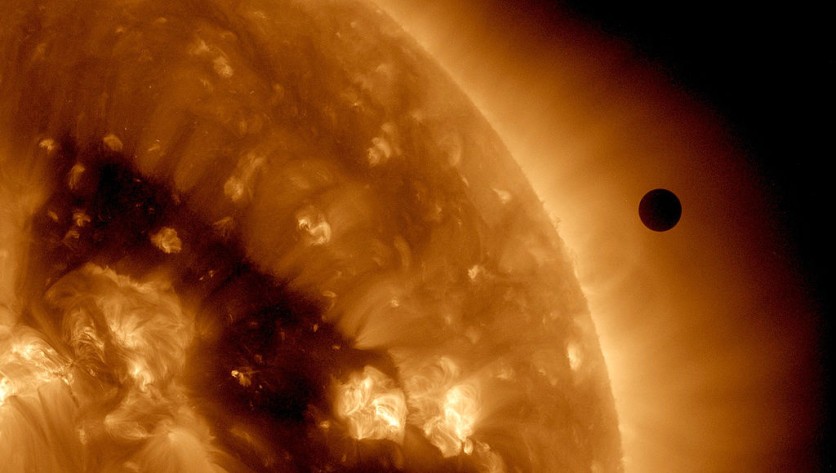NASA's STEREO-A spacecraft is making a visit to Earth on August 12 after spending nearly 17 years in space. Passing between the Sun and Earth, the spacecraft marks the first Earth flyby of the more than a decade mission.
The visit will offer a unique opportunity for collaboration with Earth-based NASA missions and a chance to unveil fresh insights about our nearest star.

NASA STEREO's Journey to Space
The twin spacecraft launched on October 25, 2006, from Florida's Cape Canaveral Air Force Station, were collectively known as STEREO (Solar TErrestrial RElations Observatory).
While STEREO-A (for "Ahead") advanced ahead of Earth, STEREO-B (for "Behind") followed behind, both tracing orbits around the Sun resembling Earth's.
Initially, STEREO aims to provide humanity's first stereoscopic view of the Sun, enabling a three-dimensional perspective. This objective was achieved in 2011, when STEREO-A and -B reached a 180-degree separation in their orbits, providing an unprecedented complete sphere view of the Sun.
The mission has achieved numerous scientific milestones over the years, with STEREO-A continuing its mission after contact with STEREO-B was lost in 2014.
The upcoming Earth flyby of STEREO-A comes after completing one full revolution around the Sun and presents an opportunity for scientists to explore questions that were previously out of the mission's scope.
STEREO-A will collaborate with NASA's Solar and Heliospheric Observatory (SOHO) and the Solar Dynamics Observatory (SDO) to achieve stereoscopic vision during this flyby. This technique enables the extraction of 3D information from flat images.
This joint effort will optimize the spacecraft's ability to study solar features of varying sizes and configurations.
Opportunity to Study CMEs
Researchers are particularly interested in analyzing active regions and magnetically complex areas associated with sunspots, aiming to unveil 3D structural information often obscured in 2D images.
The mission also seeks to challenge the prevailing understanding of coronal loops, structures commonly observed in close-up solar images.
Furthermore, STEREO-A's proximity to Earth during this period offers a unique opportunity to study coronal mass ejections (CMEs) - plumes of solar material that can disrupt Earth's technology infrastructure upon impact.
According to NASA, multipoint measurements within CMEs, obtained from STEREO-A and other near-Earth spacecraft, will provide valuable insights into the evolution of CMEs' magnetic fields and their effects on Earth.
As the Sun enters a phase of increased activity in the lead-up to the solar maximum predicted for 2025, STEREO-A's perspective will differ from its earlier observations during the "solar minimum" in 2006. This shift offers a chance to gain a deeper understanding of solar behavior.
"In this phase of the solar cycle, STEREO-A is going to experience a fundamentally different Sun," said Lika Guhathakurta, STEREO program scientist at NASA Headquarters. "There is so much knowledge to be gained from that."
Related Article : NASA Captures Sun's Mid-Level Solar Flare! SWPC Issues Warning for Astronauts on High-Altitude Flights

ⓒ 2025 TECHTIMES.com All rights reserved. Do not reproduce without permission.




